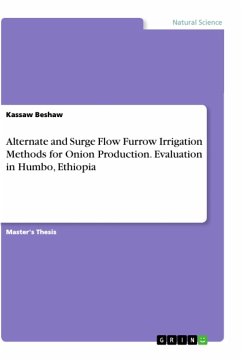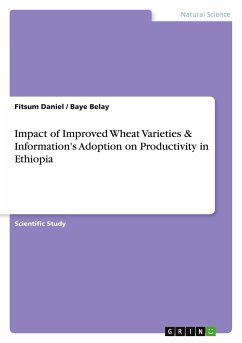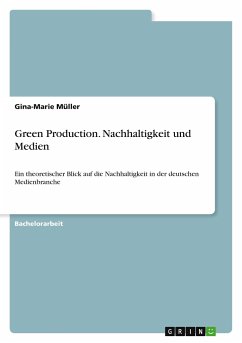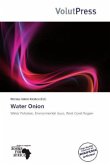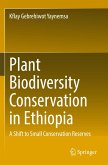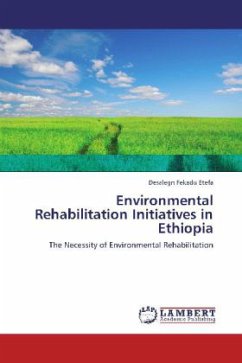Master's Thesis from the year 2011 in the subject Biology - Ecology, Haramaya University (School of Graduate Studies), course: Irrigation Engineering, language: English, abstract: The aim of this experiment was to evaluate the conjunctive use of alternate and surge flow irrigation water application methods under field conditions. The specific objectives were: To evaluate flow characteristics and technical efficiency of alternate and conventional furrow irrigation under the application of surge flow, and to evaluate the combined effect of alternate and surge flow irrigations on the water use efficiency for onion production. The intermittent application of irrigation water in furrows permits more uniform distribution of infiltrated depth, considerable reduction of the volumes of water required, the possibility of using lighter irrigations, less water loss due to deep percolation and reduced leaching of fertilizers.All these benefits are associated with a clear reduction in the infiltration rate of the soil. This phenomenon occurs because, between one cycle and the next, the clods break up, particles are reoriented, and there is migration of the sediments that seal the base of the furrow. In addition, while the water supply in each cycle interrupted, air could trap in the soil pores. Both effects (reduction of infiltration and air interruption) facilitate the rapid advance of the water, solving the old problem of excessive losses of water by deep percolation at the beginning of the furrow.Therefore, many researchers are advocating the promises of surge flow irrigation in maximizing distribution uniformity, application efficiency, and minimizing the advance time, amount of irrigation water to be applied, loss of irrigation water through deep percolation and run off. Hence, the sustainability of the above-mentioned irrigation systems needs verification for local crop and management condition. Particularly, there are few works on the evaluation of combined use of the two method of water application. Therefore, this experiment was proposed with the hypothesis that irrigating alternate furrows, with the adoption of surge flow regime i.e., partial wetting of the root zone alternatively with intermittent flow could save water thereby increase water use efficiency (WUE) without causing substantial drop in the yield of irrigated onion crops.
Hinweis: Dieser Artikel kann nur an eine deutsche Lieferadresse ausgeliefert werden.
Hinweis: Dieser Artikel kann nur an eine deutsche Lieferadresse ausgeliefert werden.

